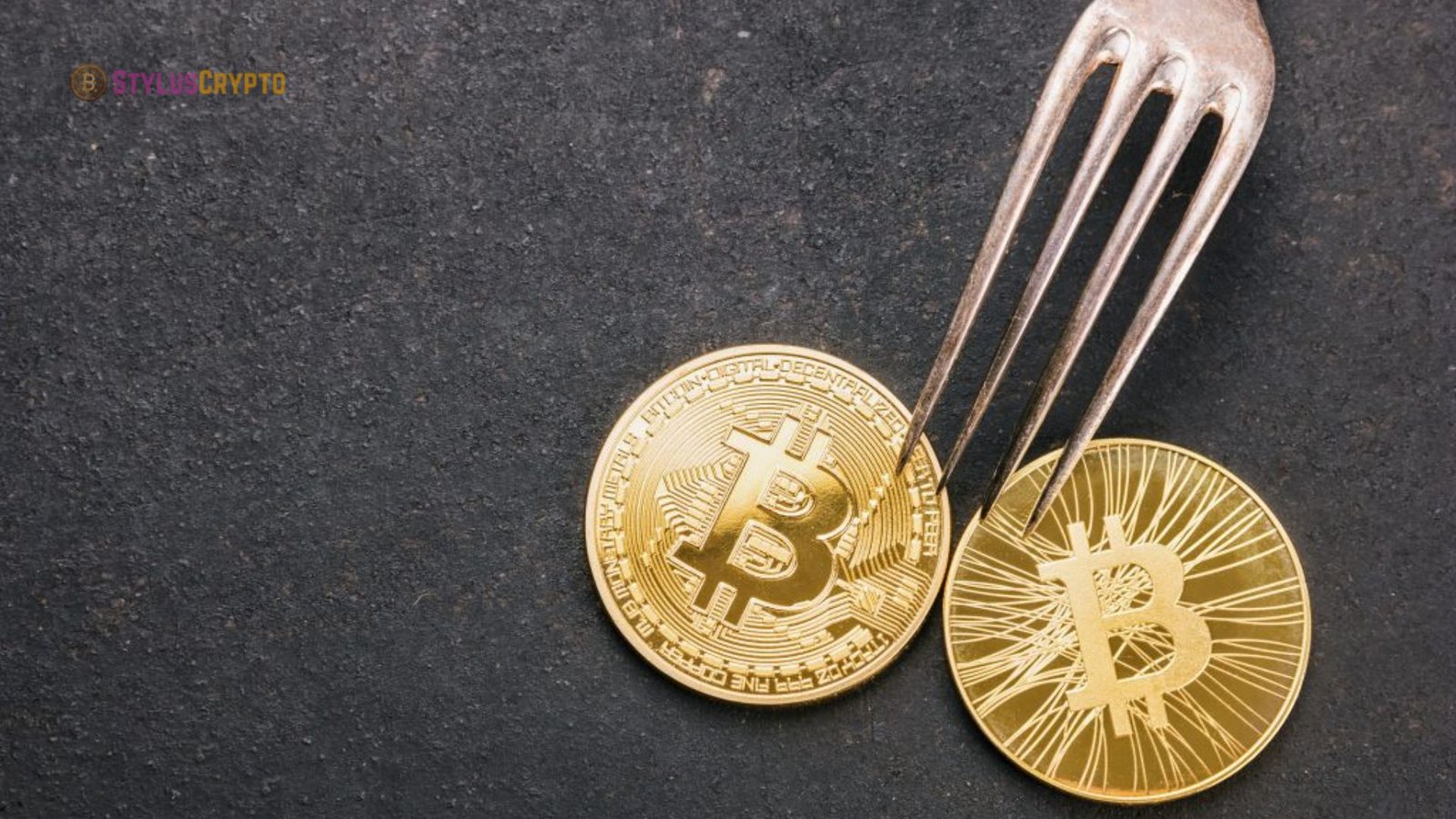Crypto transaction backlogs are among the most annoying things that may happen to cryptocurrency consumers and dealers. No matter how much or how little experience you have with cryptocurrency, waiting for a transaction to execute may be a stressful ordeal, particularly during periods of network congestion. Anyone involved in the cryptocurrency area would do well to familiarize themselves with the causes, effects, and management strategies for such backlogs.
This blog post will go into the specifics of cryptocurrency transaction backlogs, discussing what causes them, how they impact users and possible solutions. This tutorial will help you understand what’s going on and how to navigate the world of crypto transactions better if you’ve ever encountered delays in moving your digital assets.
What Is a Crypto Transaction Backlog?
A crypto transaction backlog occurs when a cryptocurrency network’s transaction volume surpasses its processing capabilities. Because there is a limit to how many transactions the blockchain can handle per second, this causes confirmation times for transactions to be longer than necessary. Delays and, in extreme circumstances, higher transaction costs result from backlogs, which happen when demand exceeds the network’s capacity to manage it.
In the case of the Bitcoin network, for instance, certain transactions may be held up until more room is available if the number of users attempting to conduct transactions simultaneously exceeds the system’s capacity. Users might have to wait longer or pay more to process their transactions faster during certain hours.
The Causes of Crypto Transaction Backlog
There is always an explanation for why there is a crypto transaction backlog. If you can figure out what causes these delays, you can prepare for and prevent them in the future.
High Network Demand
An increased network demand is the most typical reason for a crypto transaction backlog. The blockchain could have trouble processing all transactions quickly during periods of high network activity, including market rises or following big announcements.
Consider Bitcoin as an illustration. Seven or eight transactions per second are within the Bitcoin network’s capabilities. Although this might be plenty for average traffic, it can quickly become overloaded during peak demand, causing delays and a bottleneck.
Network Congestion
The network becomes congested when there are more unprocessed transactions than a room in the blocks. A maximum amount of transactions may be contained in each block on a blockchain since each block has a size restriction. For example, Bitcoin’s block size is 1MB. The extra transactions are held in the mempool (memory pool) until they can be processed, which happens when the block cannot manage the number of transactions.
Low Transaction Fees
In a blockchain network, transactions with more considerable fees are prioritized. While transactions with more outstanding fees are executed more quickly, lower-fee crypto transfers may experience delays during periods of congestion. This might cause a backlog of unconfirmed transactions, particularly during busy periods.
Protocol Limitations
Limitations exist in any cryptocurrency network. For instance, the capacity to handle Bitcoin transactions is constrained by the size of each block and the gap between them. Similar scaling difficulties also cause congestion in other cryptocurrencies, such as Ethereum. When trading activity surges, these constraints become more apparent during periods of high network demand, such as a bull market.
New Blockchain Upgrades or Hard Forks
Updating or hard-forking a blockchain network can happen from time to time, and it might momentarily interrupt transaction processing. For instance, a network upgrade or split can cause processing rates to drop or temporarily halt transactions, adding to a backlog.
How a Crypto Transaction Backlog Affects Users
Crypto transaction backlogs constitute a significant problem for cryptocurrency users, and the only way to understand them is to look at their effects.
Delays in Transaction Confirmation
Confirmations require more time when there is an accumulation of outstanding transactions. If the congestion is high, a transaction that usually takes 10 minutes to confirm might take hours—if not days—to finish. Trying to transfer money at crucial moments can annoy traders and people.
Increased Transaction Fees
Customers can pay more to expedite the confirmation of their transactions. In the event of a cryptocurrency transaction backlog, miners will prioritize transactions with higher fees, allowing those customers to pay more to complete their transactions more quickly. Users without the resources to pay the additional costs may experience lengthy wait times.
Loss of Opportunities
Missed chances might happen to crypto traders when there are delays in completing their transactions. Due to the extreme volatility of cryptocurrency markets, even a slight lag time might cause traders to lose out on lucrative opportunities. The sale of a coin at a lesser price than expected might occur, for instance, if your transaction is postponed and you were hoping to sell it before its price declines.
User Frustration
A crypto transaction backlog can have a substantial impact, but the frustration it generates is much more severe. When dealing with a significant amount of money, anticipating a transaction’s confirmation may be nerve-wracking. If users consistently encounter delays, they could lose faith in the system.
Solutions and Ways to Prevent Crypto Transaction Backlog
You may not be able to stop network congestion completely, but there are techniques to lessen its impact and avoid it altogether when dealing with crypto transaction backlogs.
Pay Higher Transaction Fees
Increasing the charge for your transaction is a simple technique to get it through a crypto transaction backlog faster. Miners will prioritize your transaction if the fees are higher than those of competing transactions. If you want your transaction to get through quickly, you can usually change the charge in most wallets to reflect the state of the network.
Use Layer 2 Solutions
Layer 2 systems, like Bitcoin’s Lightning Network or Ethereum’s Optimistic Rollups, process transactions off-chain, allowing quicker transaction speeds. These solutions avoid congestion and significantly improve transaction speeds and costs by easing the strain on the main blockchain.
These layer 2 protocols can revolutionize your strategy for evading crypto transaction backlogs. Using these alternate methods, you may avoid the main blockchain’s congestion and have faster transactions.
Time Your Transactions
You may escape the worst of the crypto transaction backlog if you know when Bitcoin activity is peaking. For instance, the network is prone to congestion if you submit a transaction during market hours or immediately following big news about cryptocurrency. Schedule your transactions for periods of reduced network demand when things tend to be quieter.
Opt for Cryptocurrencies with Higher Throughput
Cryptocurrencies with better transaction throughput can be an excellent option to investigate if you often encounter crypto transaction backlogs. Cryptocurrencies less susceptible to congestion include Solana and Binance Coin (BNB), which are built to handle more significant transactions per second (TPS) than Bitcoin or Ethereum.
Be Patient
Patience may be required in some instances. It can take a little longer for a reasonably-priced transaction you send during a congestion period to be verified. Checking blockchain explorers for real-time updates can keep you informed of the status of your transaction.
Conclusion
Crypto transaction backlogs annoy everyone using cryptocurrencies but frequently happen when the network is busy. To overcome this obstacle, you must be familiar with the reasons behind these backlogs, their effects on users, and the possible remedies.
Taking proactive measures, such as paying higher transaction fees, using Layer 2 solutions, or timing your transactions correctly, will help you prevent delays and ensure they go through quickly. Thanks to the ever-changing crypto technology, the probability of seeing crypto transaction backlogs will diminish as blockchain networks improve.
Keep an eye on how developments in the field can help you remain ahead of the curve by investigating new crypto initiatives that target scalability. Using cryptocurrencies won’t be a problem when you have the correct plans, even when the network is congested.
Read More: FintechZoom’s Best Crypto Wallet Guide to Secure Crypto Storage
[sp_easyaccordion id=”2437″]

